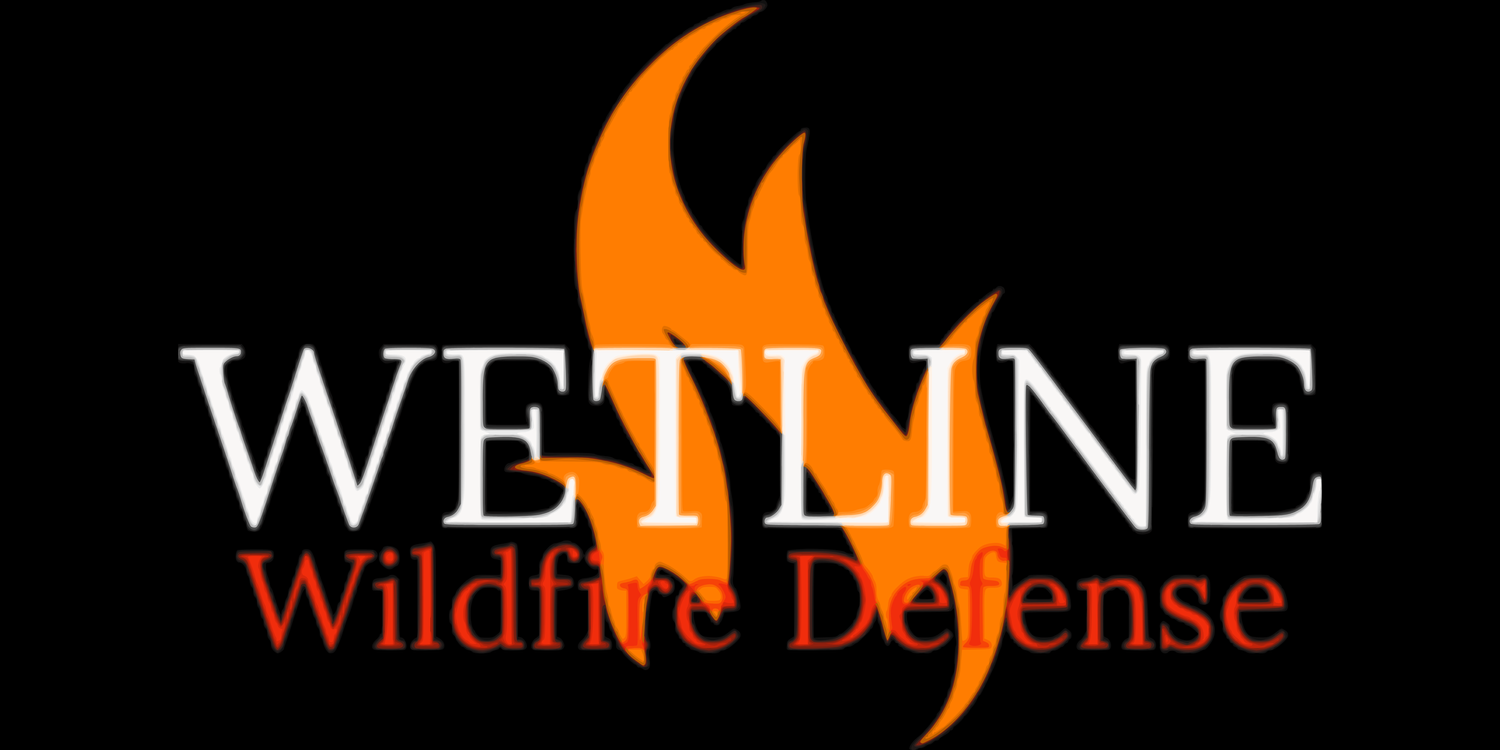How to Create a Wildfire-Ready Community: Best Practices and Strategies
Wildfires are an increasingly common and devastating natural disaster that can strike communities of any size, anywhere in the world. With the right preparation, however, communities can protect their homes and property, and ensure their residents are safe in the event of a wildfire. Here are some best practices and strategies for creating a wildfire-ready community:
Develop a Community Wildfire Protection Plan
The first step in creating a wildfire-ready community is to develop a Community Wildfire Protection Plan (CWPP). This plan should outline the steps that the community will take to prepare for and respond to a wildfire, including evacuation procedures, communication plans, and strategies for protecting homes and other critical infrastructure. The CWPP should also identify areas within the community that are most at risk for wildfires, and prioritize efforts to reduce this risk.
Promote Firewise Landscaping
Firewise landscaping is a key strategy for reducing the risk of wildfires in a community. This involves designing and maintaining landscapes in a way that reduces the amount of fuel available for a fire to spread. This can be done by planting fire-resistant plants, creating defensible space around homes and other structures, and properly maintaining existing vegetation.
Encourage Community Preparedness
Community preparedness is critical in the event of a wildfire. This includes educating residents about the risks of wildfires, and how to prepare for and respond to a wildfire. The community should also encourage residents to create a family evacuation plan, and to have a supply of essential items, such as food, water, and medicine, in case they need to evacuate quickly.
Enhance Emergency Communications
Effective communication is essential in the event of a wildfire, and communities should work to enhance their emergency communications systems. This can include installing emergency alert systems, such as reverse 911, and developing a system for communicating with residents during a wildfire. Communities should also consider working with local media outlets to share information and updates about the wildfire, and to disseminate important safety messages.
Collaborate with Local Fire Departments
Working closely with local fire departments is critical for creating a wildfire-ready community. Fire departments can provide valuable expertise and resources, and help communities prepare for and respond to a wildfire. Communities should establish a relationship with their local fire department, and work together to develop and implement the CWPP.
Conduct Regular Fire Drills
Regular fire drills are an important tool for promoting community preparedness in the event of a wildfire. These drills can help residents become familiar with evacuation procedures, and can help identify areas for improvement in the community’s preparedness and response efforts.
Promote Community Awareness and Involvement
Communities should work to promote awareness and involvement among residents in wildfire preparedness and response efforts. This can include holding public meetings and educational events, distributing informational materials, and encouraging residents to get involved in community efforts to reduce the risk of wildfires.
Invest in Firefighting Equipment and Training
Investing in firefighting equipment and training is essential for communities to be prepared to respond to a wildfire. This can include purchasing fire trucks and other firefighting equipment, as well as providing training for local firefighters. Communities should also consider partnering with neighboring communities to pool resources and increase their collective preparedness.
Maintain Clear and Accessible Evacuation Routes
Ensuring that evacuation routes are clear and accessible is critical in the event of a wildfire. Communities should work with local government agencies to identify and maintain evacuation routes, and to ensure that residents are familiar with these routes in the event of a wildfire.
Continuously Assess and Update Your Plan
A wildfire-ready community is never truly finished. The threat of wildfire is ever-present, and it's essential to continuously assess and update your plan as conditions change. This includes reviewing the latest research and best practices, monitoring changes in the landscape and weather patterns, and regularly testing and updating evacuation and communication plans.
It's also important to keep the community informed and engaged in the process. Encourage residents to participate in preparedness training and drills, and consider organizing neighborhood meetings to discuss the latest developments and plans. By working together and staying informed, communities can ensure that they are always prepared to respond to a wildfire threat.
In conclusion
Creating a wildfire-ready community requires a comprehensive and collaborative approach. By following the best practices and strategies outlined in this blog post, communities can reduce the risk of damage and loss of life from wildfires. At Wetline Wildfire Defense, we understand the importance of preparing for the worst and are dedicated to helping communities protect their homes, businesses, and loved ones from the devastating effects of wildfires. If you have any questions or want to involve Wetline Wildfire Defense in creating a wildfire-ready community, don't hesitate to contact us.
Further Reading:
USDA Forest Service: Community Wildfire Protection Plan Guide: https://www.fs.fed.us/nrs/pubs/gtr/gtr_nrs33.pdf
Firewise.org: Landscaping for Wildfire: https://www.firewise.org/
Ready.gov: Prepare Your Community: https://www.ready.gov/community
Federal Emergency Management Agency (FEMA): Emergency Communication: https://www.fema.gov/emergency-communication
National Fire Protection Association (NFPA): Working with Local Fire Departments: https://www.nfpa.org/
FEMA: Fire Drills: https://www.fema.gov/emergency-preparedness-tips/fire-drills
National Wildfire Coordinating Group (NWCG): Equipment and Training: https://www.nwcg.gov
Federal Emergency Management Agency (FEMA): Evacuation Planning: https://www.fema.gov/emergency-preparedness-tips/evacuation-planning

